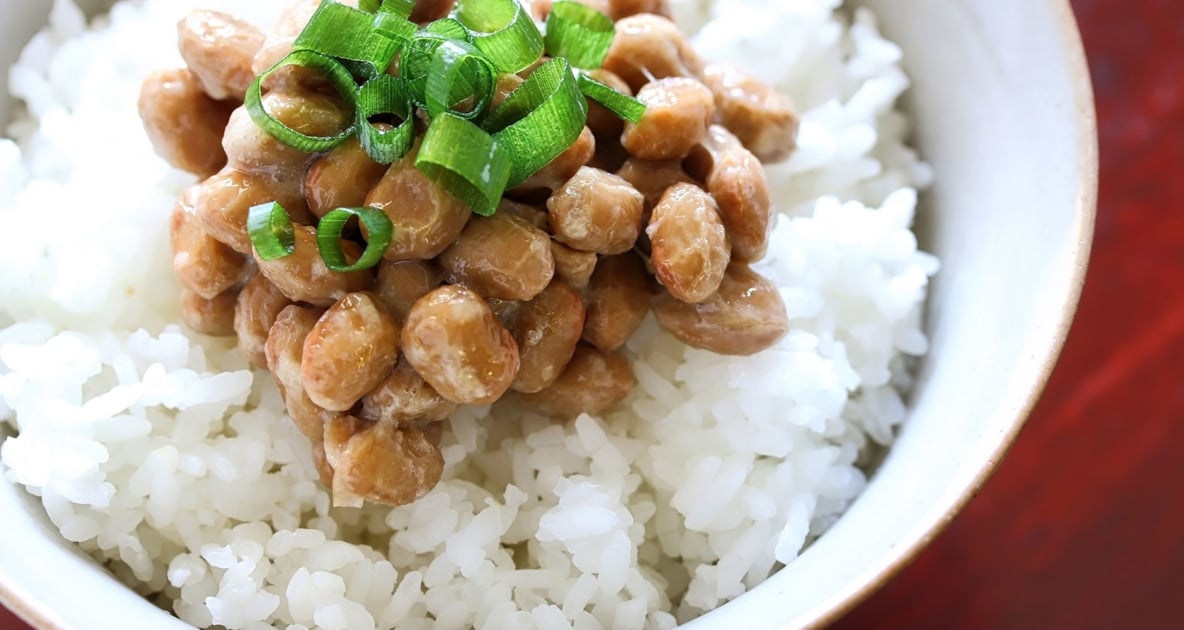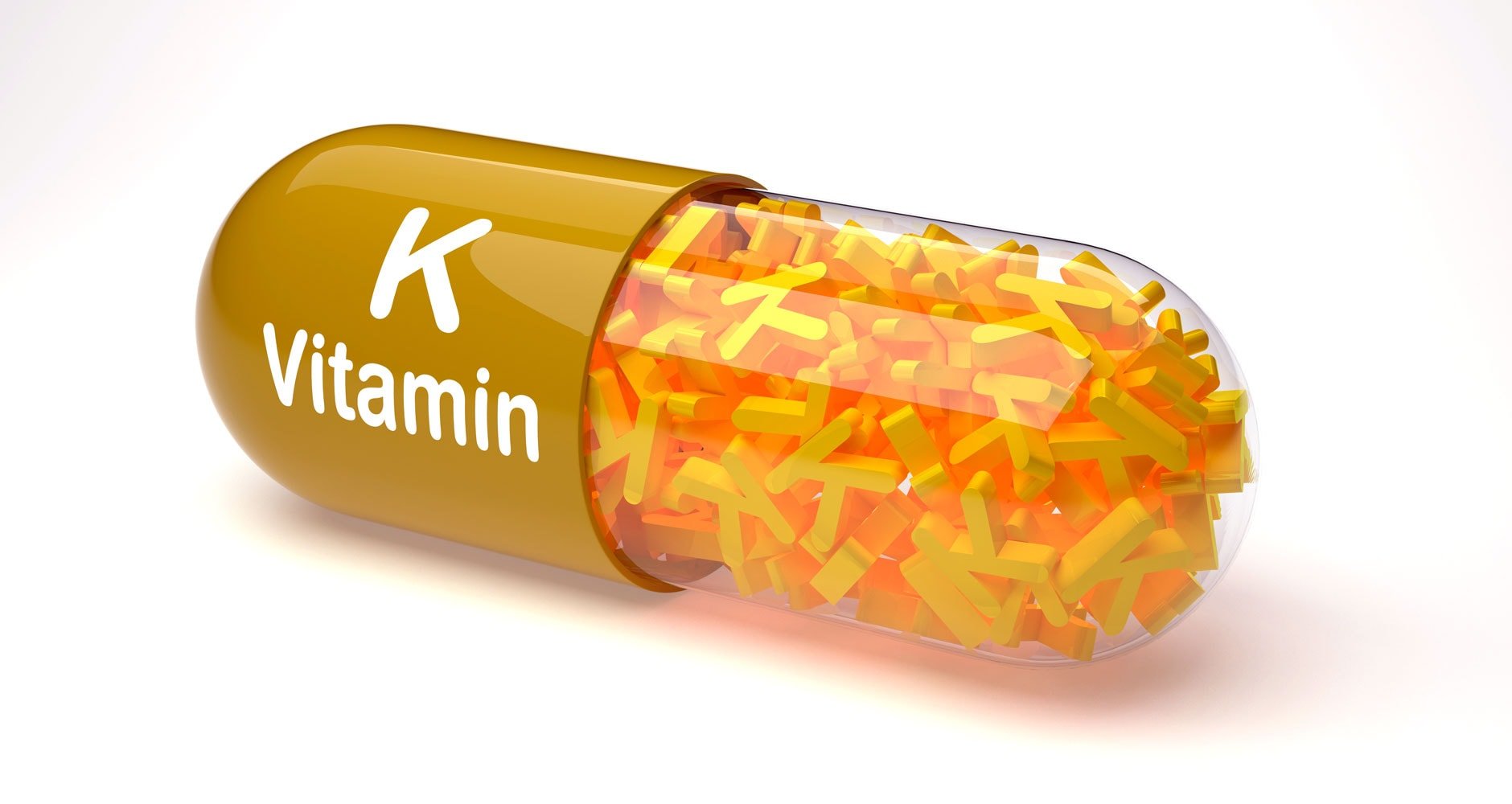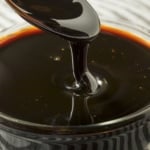What The Heck Is Natto And Why Is It So Healthy?
This slimy, stinky soybean dish is virtually unknown in the U.S., but that's about to change. Is natto the next fountain of youth? Find out!

Natto is a beloved Japanese dish made from fermented soybeans that’s virtually unknown in the U.S. While its slimy, gooey texture and strong, pungent odor (some describe it as smelling like dirty socks) can be a little off-putting, it has some powerful health benefits that are nothing short of amazing.
For centuries, Japanese women have been admired for their flawless, age-defying, supple skin, which they attribute to eating natto on a regular basis. Natto is said to have been around since the 10th century, and is a standard part of the Japanese breakfast, although people eat it at any time.
How is Natto Made?
Natto is a painstakingly long and involved process. It is made by soaking whole soybeans, then steaming or boiling them. Bacillus subtilis bacteria is added and then the mixture is allowed to ferment over time. The result is a sticky, stringy concoction that’s “an acquired taste”; best served cold or at room temperature with a dash of soy sauce over hot rice.
Watch how its made!
Natto—The Best Source of Vitamin K2
Natto is rich in protein, vitamins, minerals, and probiotics. It contains more vitamin K2 than any other known food on the planet. What’s K2 you ask? Just like natto, very few people have heard of vitamin K2, yet it is vital to the health of our heart, bones, and general well-being. Like vitamins, A, D and E, vitamin K is an essential and naturally occurring fat-soluble vitamin. But unlike these other vitamins, it is not stored in the body and must be consumed daily through foods or supplements.
Vitamin K1, which assists in the process of blood clotting, comes from vegetable sources like asparagus, broccoli, Brussels sprouts, cabbage, spinach, and green leafy vegetables, while K2 is found in animal sources and fermented foods (like natto). See why K2 is such an important vitamin:
Major Health Benefits of Vitamin K2
- Improves bone and dental health, as it assists in getting calcium where it’s needed into the bones and teeth, forming, strengthening, and repairing. It reduces the likelihood of bone loss, fractures, and osteoporosis in the bones. It also helps prevent tooth decay, and plaque.
- Helps prevent and relieve varicose veins, as it prevents calcium build-up in the veins.
- Prevents kidney stones by stopping calcium from accumulating and forming stones in the kidneys.
- Protects the cardiovascular system and prevents hardening of the arteries.
- Reduces the risk and slows the progression of certain cancers.
- Reduces excessive menstrual bleeding.
- Prevents premature aging as it helps maintain your skin’s natural elasticity. By preventing calcium from settling in elastin fibers, it keeps your skin supple, with no premature wrinkling.
- Promotes longevity.
If you can’t get your hands on natto or don’t have the patience to make your own batch (InstantPot™ owners can find recipes online), there are other methods for getting your vitamin K2:
- Goose, beef or chicken liver
- Grass-fed, raw hard cheeses, Gouda, Gruyere, Brie
- Free-range, organic eggs (particularly the yolks)
- Grass-fed butter
- Grass-fed, organic beef
- Sauerkraut, kimchi, and other fermented vegetables
- Fermented cod liver oil
- Supplements (as with any supplement, consult with your physician before taking).
Have you ever tried—or will you consider trying—natto or adding vitamin K2 to your diet? Tell us your thoughts in the comments below.

Deborah Tukua
Deborah Tukua is a natural living, healthy lifestyle writer and author of 7 non-fiction books, including Pearls of Garden Wisdom: Time-Saving Tips and Techniques from a Country Home, Pearls of Country Wisdom: Hints from a Small Town on Keeping Garden and Home, and Naturally Sweet Blender Treats. Tukua has been a writer for the Farmers' Almanac since 2004.







When you say K2 are you talking about MK7 ?
I am new to K2 and have just found Natto. Have not tried it yet. However what is a starting dose of K2 and if I do not get it from Natto what would be the best other sources to get the same amount of K2?
I add it to oatmeal, with Wyman’s Frozen Blueberries, beet root powder, pomegtanate juice as my go to breakfast
I couldn’t pass the nasty slamming feeling of Natto. But I trick my mind by eating Banana at the same time. I added a little syrup to Natto and now I can eat Natto. My mind thinks that the slamming feeling comes from the banana…..it works!
Love it
Hi there, I started making Natto in my Instapot several weeks ago again after trying previously in my oven- much easier and tastes better. My husband and I are getting used to eating a couple tablespoons in the morning on rice with a little soy sauce, rice vinegar and mustard all which help the taste. It actually helps a lot with energy like a cup of coffee esp with my husband who has an auto immune issue. Also helps not to feel hungry. Hopefully will help immune system during this corona virus epidemic too.
Try adding some finely chopped green onions…
A Japanese woman I worked with introduced me to NATO and am hooked.
Haven’t had it in a while though
what is the price?
I’ll stick to my free range eggs every morning
What is the price of this natto? Also do you ship? I’m always interested in trying something new.
Hi Ricky Agnew: You can buy natto online (Amazon) or you can make your own. Google the recipes!